Optimal Timing for Smoke and Fire Alarm Installations
Proper timing for smoke and fire alarm installations ensures optimal safety and compliance with regulations. The best time to install these systems is during the initial construction or renovation phases of a building, allowing integration into the structure before finishing. Regular maintenance and updates are recommended after installation to ensure functionality and adherence to safety standards.
Installing smoke and fire alarms during building construction ensures seamless integration and compliance from the start.
Upgrading or installing alarms during renovations enhances safety without disrupting ongoing work.
Installing alarms after safety inspections ensures all systems meet current safety codes.
Replacing outdated alarms is best done when existing systems are nearing end-of-life or malfunctioning.
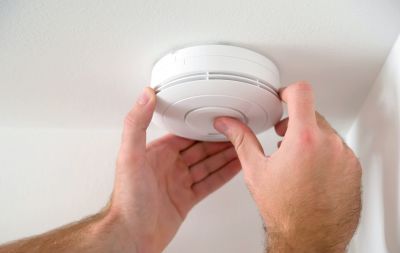
Ways to make Smoke And Fire Alarm Installations work in tight or awkward layouts.
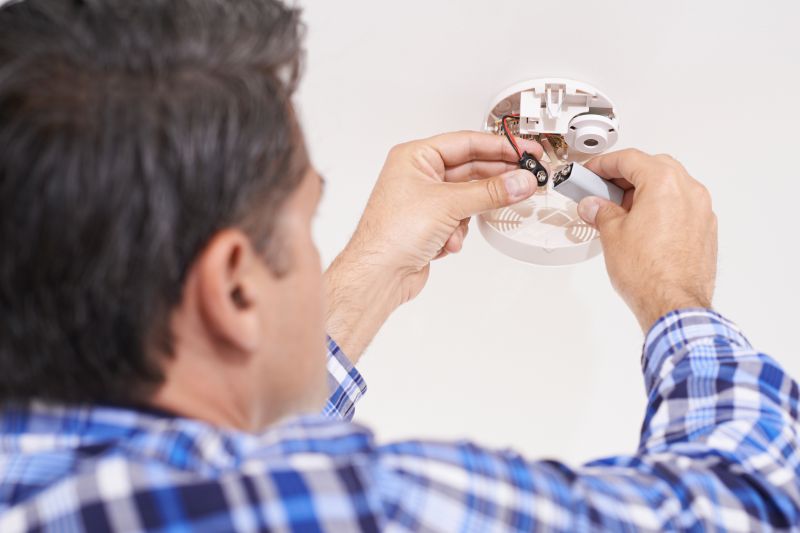
Popular materials for Smoke And Fire Alarm Installations and why they hold up over time.
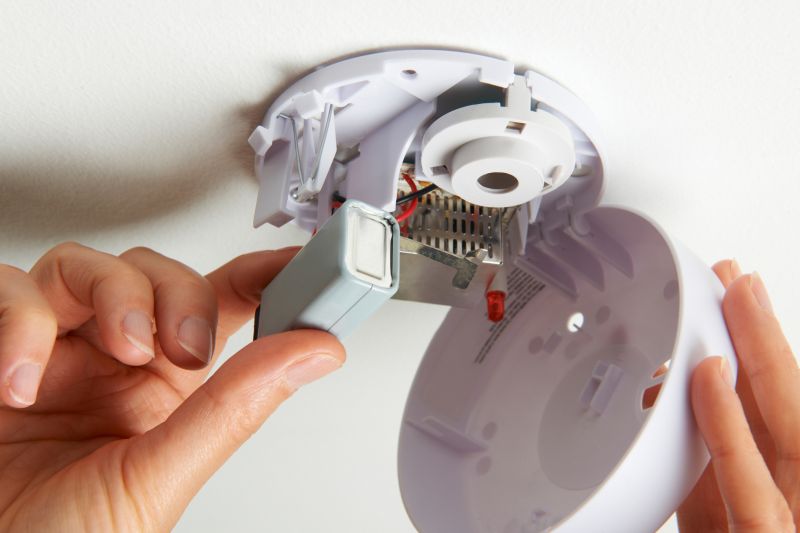
Simple add-ons that improve Smoke And Fire Alarm Installations without blowing the budget.
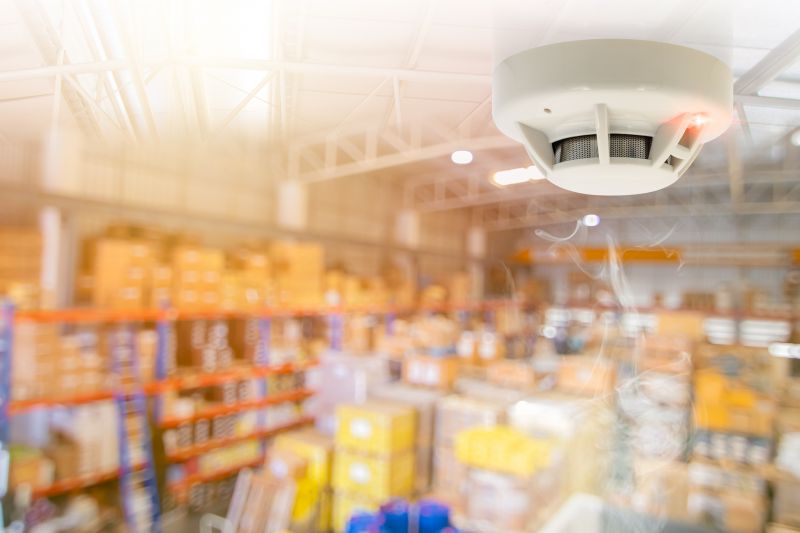
High-end options that actually feel worth it for Smoke And Fire Alarm Installations.

Finishes and colors that play nicely with Smoke And Fire Alarm Installations.

Little measurements that prevent headaches on Smoke And Fire Alarm Installations day.
Smoke and fire alarm installations are critical components of building safety systems. These alarms detect smoke, heat, or fire early, providing vital warnings to occupants and enabling timely evacuation. According to safety statistics, properly installed smoke alarms can reduce fire-related fatalities by nearly 50%. Modern systems often include interconnected alarms, ensuring alerts are heard throughout the property, and can be integrated with smart home technology for remote monitoring.
The timing of installation impacts safety effectiveness and compliance with local codes. Early installation during construction minimizes disruptions and ensures alarms are embedded within the building’s infrastructure. Regular updates and maintenance are essential to ensure alarms function correctly, especially as technology advances and safety standards evolve.

A 60-second routine that keeps Smoke And Fire Alarm Installations looking new.

A frequent mistake in Smoke And Fire Alarm Installations and how to dodge it.
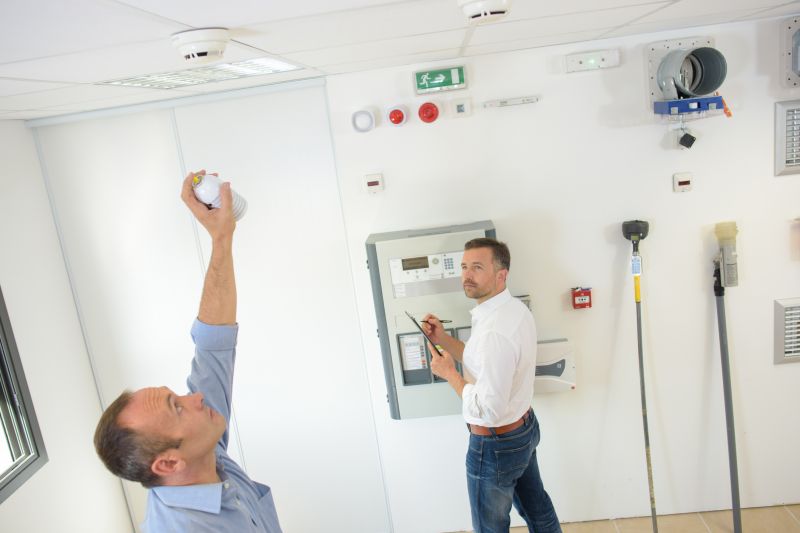
Small tweaks to make Smoke And Fire Alarm Installations safer and easier to use.

Lower-waste or water-saving choices for Smoke And Fire Alarm Installations.
| Best Time Period | Key Considerations |
|---|---|
| During Construction | Ensures seamless integration and compliance. |
| During Renovations | Allows upgrades without major disruptions. |
| Post-Inspection | Ensures systems meet current safety standards. |
| When Replacing Outdated Systems | Maintains optimal safety and functionality. |
| Before Occupancy | Guarantees safety readiness for new occupants. |
Timely installation and maintenance of smoke and fire alarms are essential for effective fire safety management. Regular testing, battery replacements, and system upgrades help maintain alert reliability. Consulting with fire safety professionals can identify the optimal timing for installations and updates based on building type and usage.
